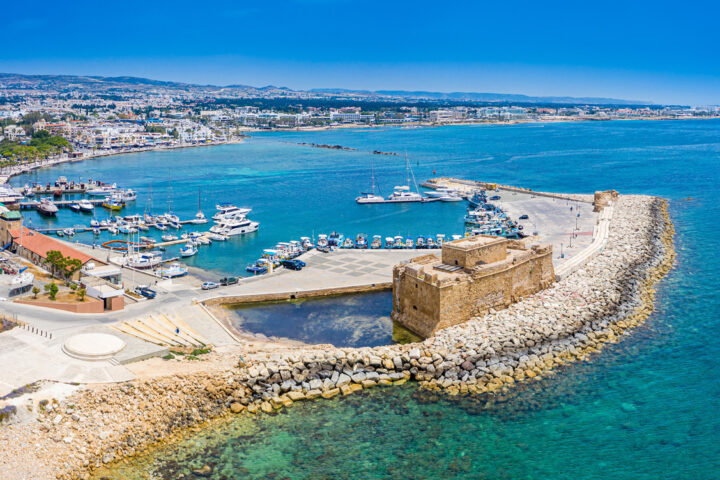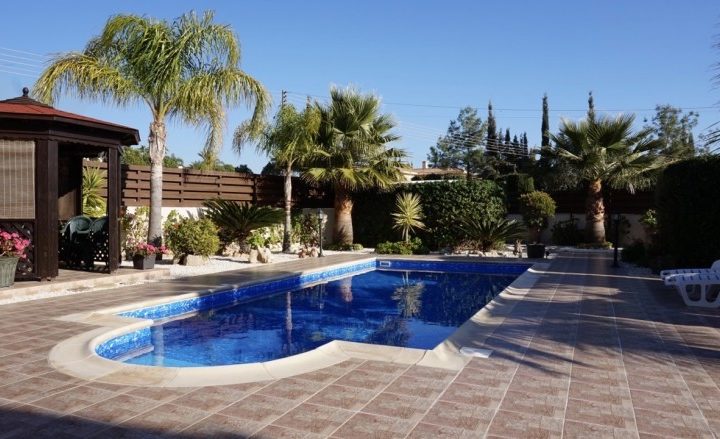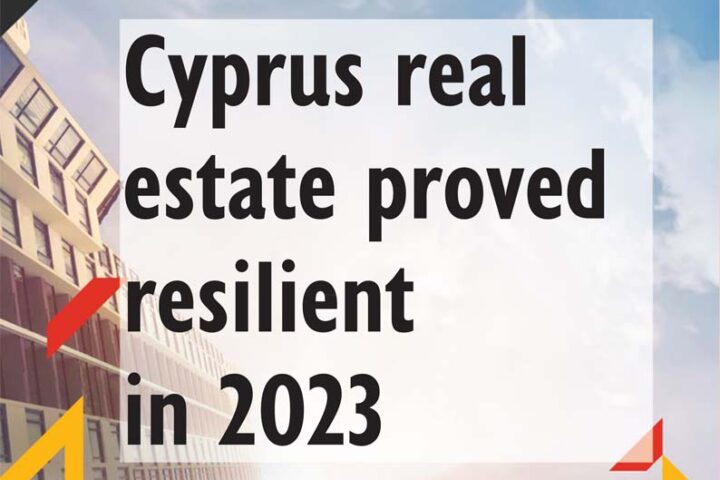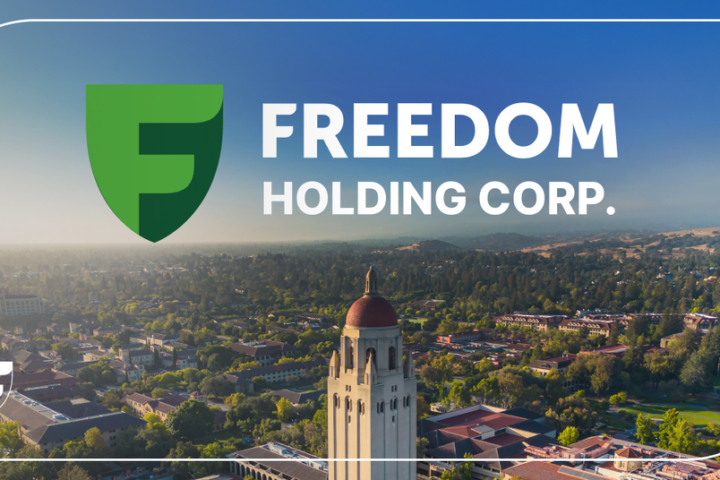Upon signing the Recovery and Resilience Plan “Cyprus Tomorrow”, the authorities have committed to achieving zero carbon dioxide emissions by 2050.
After all, this is included in the 17 United Nations Sustainable Development Goals (Goal 13 for Climate Change).
A key requirement for the achievement of Goal 13 is the financing of the so-called “green transition”, “green transformation”, and “green economy”.
The important role of banks
The Cyprus Securities and Exchange Commission (CySEC), the Ministry of Energy, Commerce and Industry and the Ministry of Finance encourage organisations operating in the financial services sector, especially financial institutions, to contribute to accelerating the transition to a clean, zero-emissions green economy.
They are also encouraged to ensure that this transition is smooth for market participants.
For banking and financing institutions, the granting of “green loans” is part of the bigger effort to facilitate and support a “green” economy which will cover the Environmental Social Governance (ESG) tripartite for sustainable economic activity.
Climate change occupies a prominent position on political agendas; hence the numerical, qualitative and more strict quantitative criteria separate and increase the so-called “green loans” and loans related to “Sustainability” in a broader sense.
The effort of borrowers, on the one hand, and the financiers, on the other, to improve their environmental footprint is becoming more evident.
Green or sustainability loans?
It is important to point out that there is an essential differentiation between “green loans” and loans that only embrace the notion of Sustainability.
“Green loans” are related to implementing environmentally friendly projects.
They can, for example, be channelled to create “green buildings”.
Loans linked to Sustainability do not have to be used per se for a “green” purpose.
However, the latter type of loan provides certain incentives to the borrower (a lower interest rate or repayment margin may be offered based on specific term conditions) to improve its performance and operate within a socially sustainable economic activity.
Recently, a very large international group secured a loan of €1.5 bln, linked to Sustainability, as the margin is linked to its progress in reducing greenhouse gas emissions from its operations and the use of its products by its customers.
Greenwashing
The term “Greenwashing” is hard blended in Green Transformation and SDGs.
It has been adopted to point the finger at scams which, due to the increased demand for “green loans”, began to appear more frequently on the market.
For example, a loan is presented as “green” when in fact, it is no different from conventional loans.
Given this risk, governments and regulatory authorities are trying to ensure the smooth functioning of markets based on certain standards and structures. Financial, banking and capital markets, unified, have responded by publishing a set of updated and/or new standards for green and sustainability-related loans, e.g. in working groups, the international Loan Market Association (LMA) is participating.
Hence the “Green Loan Principles”, primarily published in December 2018 and the “Sustainability Linked Loan Principles”, published in March 2019, provide a framework that ensures consistent standards are applied in the market when promoting these types of loans.
Real estate
The real estate sector can play an important role in Cyprus’ path to a sustainable, energy-efficient economy as it represents approximately 40% of the country’s total carbon emissions.
As we noted, “green loans” can be channelled into the financing of projects (Project Finance), which include “green buildings” or “facilities” that meet national, regional or internationally recognised standards or certifications.
Access to finance is an issue that all small and medium-sized businesses (SMEs) face during their development.
The State collaborates with the EU to make available most of the tools developed with the support of national but mainly European resources.
In this context, in principle, the participation of national financial intermediaries, such as banks, other financial institutions and funds, depending on the type of tool (e.g., loan, guarantee, share capital), is required.
By extension, when a political decision is taken to create a financial mechanism, its design is followed by an invitation from the Competent Authority at national or European level.
Essentially, it’s addressed to financial institutions interested in implementing the mechanism, usually with their involvement and sharing of the financing risk.
For example, various programs for energy upgrading of buildings are currently taking place, and installing photovoltaic systems.
Financial tools have been adopted and are available with special terms from banks or other financial organisations or institutions, and through the various programs and funds of the European Union, with the participation of Competent Authorities, for granting directly or indirectly national resources as may be supported by European funds.
By Nicole K. Phinopoulou, Lawyer, Banking, Corporate Commercial & Financial Services, LL.B(Hons), LL.M(UCL), LPC, CISL, University of Cambridge










